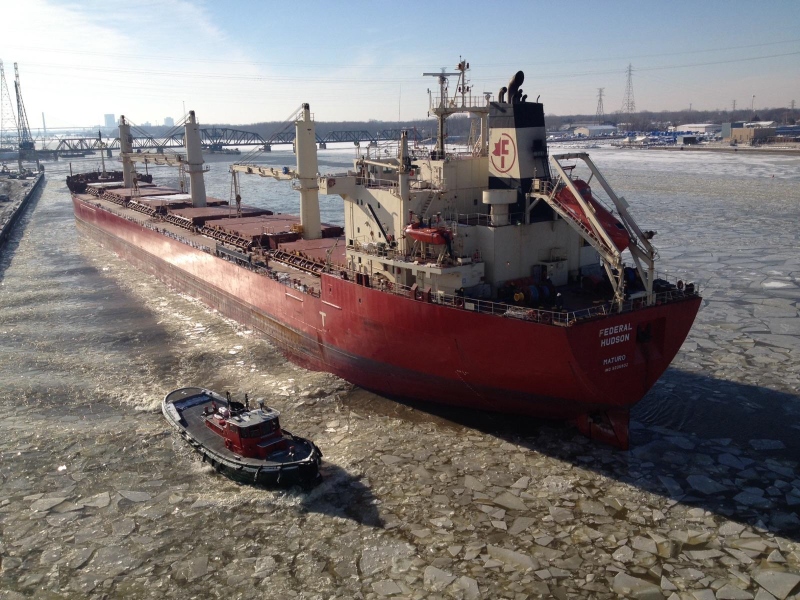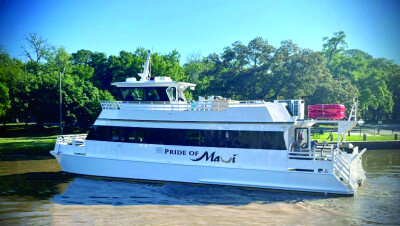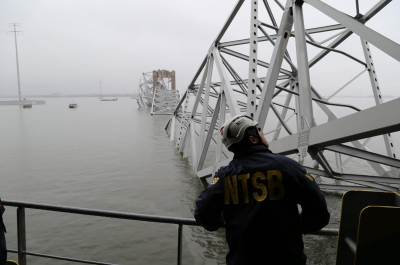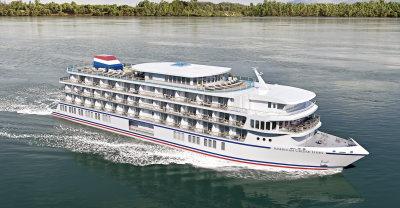The Coast Guard has set Great Lakes pilots’ rates for the 2020 shipping season about 1% higher than last year due to increased operating expenses, an additional pilot and anticipated inflation.
The rates that are up in five of the six service areas and down in one differ from the proposed rule which would have slightly lowered shippers’ costs for the first time in several years.
Beginning May 11, hourly pay per pilot which varies by district will range from $337 to $758, compared to $306 to $733 in 2019. Total target pilot compensation rises to $367,085 from $359,887.
The rule affects 52 U.S. pilots, three associations, as well as the owners and operators of about 266 oceangoing vessels. The Coast Guard estimates shippers’ payments would increase $279,845 from the 2019 season to $28.3 million in revenue.
“The Coast Guard believes that the new rates will continue to promote pilot retention, ensure safe, efficient, and reliable pilotage services on the Great Lakes, and provide adequate funds to upgrade and maintain infrastructure,” the agency said in the final rule published Thursday.
The Coast Guard establishes rates for Great Lakes pilots while pilot rates elsewhere in the U.S. are set at the local level. The number of lakes pilots has grown from 36 in 2014 to the current total of 52. The Coast Guard has said its goal is 54 “to help reduce fatigue and ensure safety on the waterways.”
The agency, shippers and associations have been battling for years over the rates.
Pilotage revenue rose 72% from 2014 to 2018, the American Great Lakes Ports Association, the U.S. Great Lakes Shipping Association, and the Shipping Federation of Canada said in comments on the proposed rates. In earlier remarks the groups asked why Canadian pilots can often provide the same services at about half the cost of their U.S. counterparts.
The rate setting process is “highly dependent on imaginary numbers that arbitrarily over-generate revenues” and pilot compensation, they said.
The rates are derived from a 10-step process outlined in federal law, the Coast Guard said. It also cited a Government Accountability Office (GAO) report that said the agency used “a fairly transparent system of pilotage ratesetting as compared to the process used by some coastal states.”
The rates have risen because of a billing error from the mid-1990s to 2016 that gave shippers a 20% to 40% discount that kept pilots from collecting the money needed “to provide safe, efficient, and reliable pilotage service,” the agency said.
As for Canada, the Coast Guard said the U.S. has three different self-supporting districts and Canadian pilots operate as one entity so there may be cross-subsidization. “Taken as a whole, the revenues earned by the U.S. system of pilotage across the Great Lakes are comparable to the revenues earned by the Canadian system,” the Coast Guard said.
Pilots have said that the target compensation rate is too low, especially when compared to other U.S. pilots. They earlier pointed out that “average 2014 compensation set by the Louisiana Public Rate Commission for the Associated Branch Pilots for the Port of New Orleans was $459,051, a total that does not include medical or pension benefits for which those pilots are compensated separately,” according to comments by the St. Lawrence Seaway Pilots Association, the Lakes Pilots Association, and the Western Great Lakes Pilots Association.





